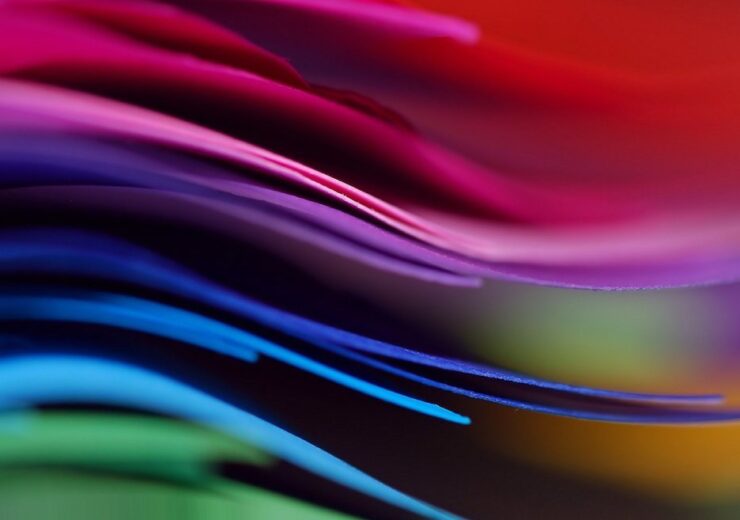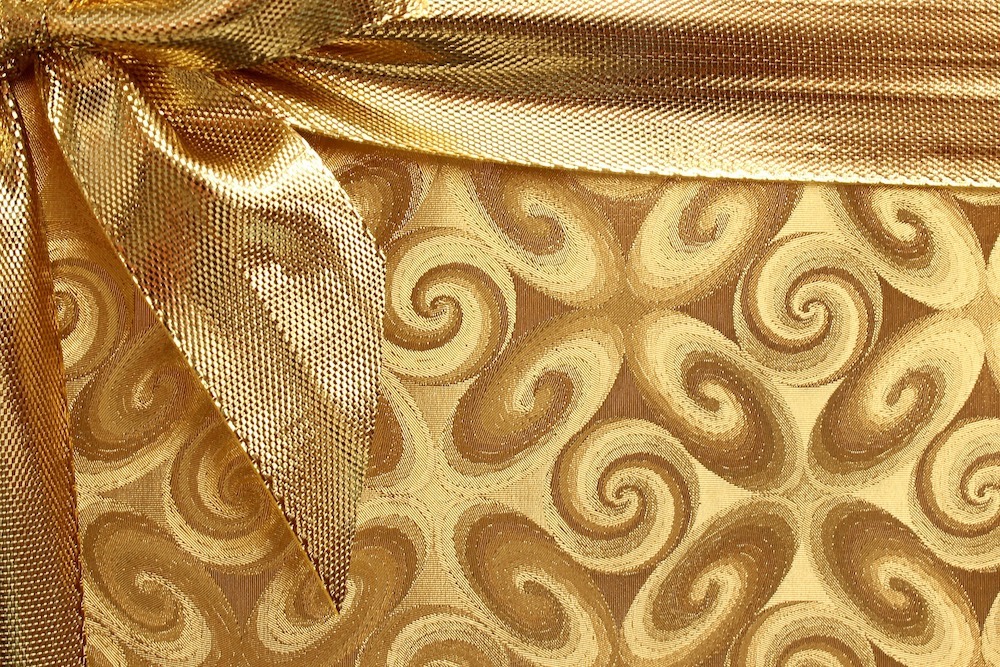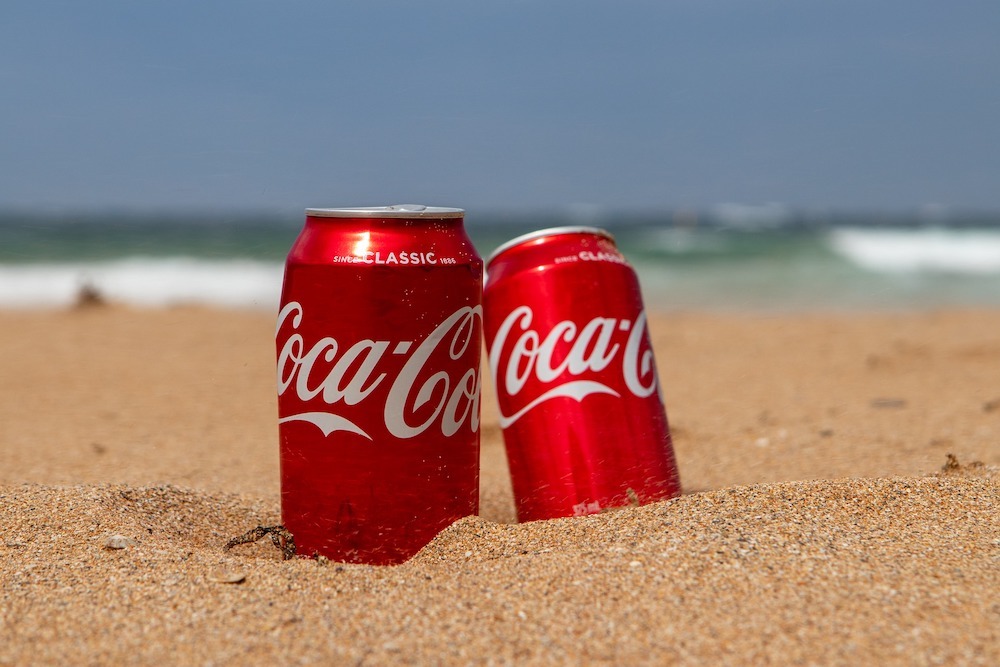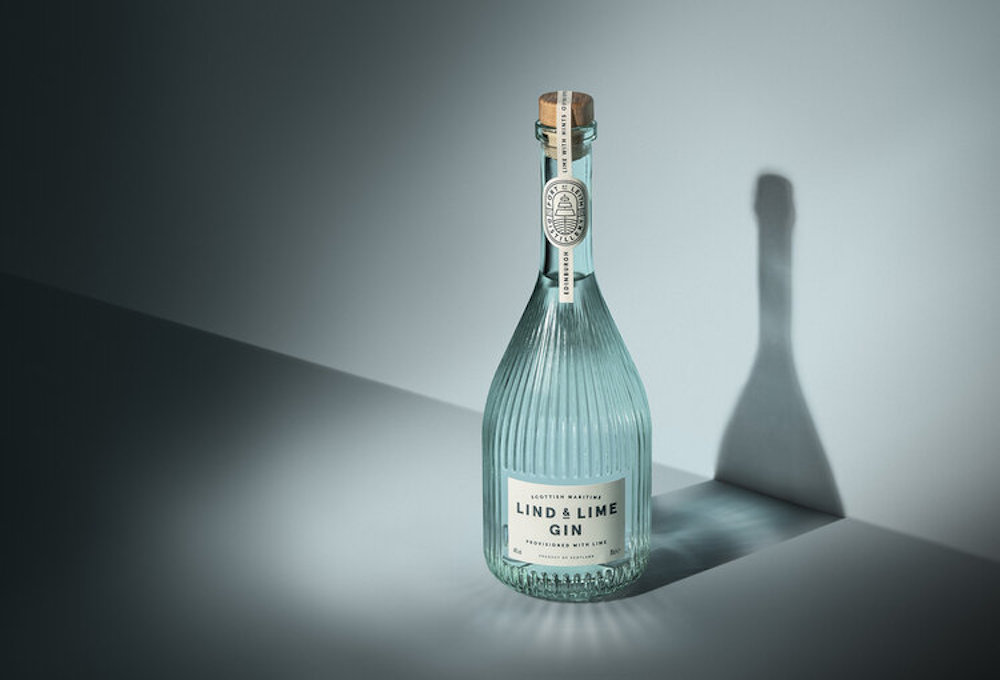Sustainable packaging design has become increasingly important over the past few years, as consumers become more focused on the environment

A critical part of sustainable design is making good material choices (Credit: Pixabay)
When it comes to how brands make and market their products, the importance of sustainable products has increased dramatically over the past few years. Thomas Parker investigates how it has impacted packaging design.
Over the past decade or so, the circular economy — a system where businesses design products to be reused — has become an increasingly influential ethos in the packaging industry as brands strive to make their products more sustainable.
The Ellen MacArthur Foundation has been one of the leading organisations pushing progress towards this.
A key area highlighted on the organisation’s website is the need to “redesign the way we make stuff”, building products that are “made to be made again”.
Sustainable packaging design is not only seen as critical to the circular economy but just as important to the consumer as well.
In January 2020, technology giant IBM released a study on global consumer trends — revealing the importance of brand purpose now surpasses cost and convenience for shoppers.
Created in partnership with the US National Retail Federation, it polled nearly 19,000 consumers from 28 countries across all demographics and generations.
It found a third of all consumers would stop buying their preferred products if they lose trust in the brand, while a third already stopped purchasing long-time favourites in 2019.
Because of this, consumers are now prioritising those that are sustainable, transparent and aligned with their core values when making these decisions.
The study also found that, on average, 70% of “purpose-driven” shoppers pay an added premium of 35% more per upfront cost for sustainable purchases, such as recycled or eco-friendly goods.
Alongside this, 57% are willing to change purchasing habits to help reduce their negative environmental impacts.
Emily Fox, creative director of design agency Lewis Moberly, said she’s experiencing the change in attitude towards sustainability reflected in recent strategic work.
She explains: “Sustainability is a great challenge that brands are beginning to take on.
“This is particularly the case because as they seek to recruit Gen Z and need to meet their needs, which have proved very different to generations that preceded them.
“This generation also has such power to communicate about brands — on social media, blogs, forums etc.
“Brands have never experienced such dedication, tribal attitudes or visibility.
“They really care about sustainability. I mean we all do, but you have to really pay attention to these demographics as their attitudes have been born out of the realisation of their elders’ mistakes and their repercussions.
“What’s very interesting about what we do today is the level of visibility and scrutiny that brands are held against.
“The moment someone does something wrong, it immediately gets blasted around the world for everyone to see.”
How has the luxury packaging design world changed
Speaking at Birmingham’s Packaging Innovations conference in February, design agency Butterfly Cannon’s innovations and sustainability manager Jenny Cairns said that, for most luxury brands: “It has been about getting the most ascetical thing out there in the cost and the timing.”
To make products look more luxurious, designers would use heavier materials — such as wood and thick glass — for packaging, as well as adding more embellishments.
Fox explains: “There are particular challenges with premium brands and luxury packaging because the natural thing to do is to add embellishments and finishes to raise the perceived value.
“A lot of the time when that’s done, you’re adding layers to the process, figuratively and literally, that is counterproductive to the sustainability of that pack.”
For modern consumers, however, what’s perceived as luxurious is changing.
At the beginning of 2019, management consultancy Bain & Company published the 17th edition of its Luxury Goods Worldwide Market Study.
The report highlighted seven trends that it believes will shape the €1tn ($1.1tn) luxury goods industry over the coming five years.
One of the areas highlighted by the organisation’s study was the relative youth of its consumers.
It found the combination of Millennials and Generation Z made up 47% of the luxury market in 2018, and 33% of luxury purchases.
Alongside this, it highlighted that luxury brands were “adapting to the preferences of younger consumers”.
Butterfly Cannon’s creative director of brand experience, Ian Cameron, who was also speaking at Packaging Innovations, said: “We’re coming out of an era, from the luxury brands’ perspective, where they wanted to use more.”

These shifts in how these types of products are packaged are primarily due to consumers’ changing perceptions as to what they perceive as being luxurious.
Fox explains: “When things are over-packaged, that no longer makes people feel good – which is essentially what premium and luxury goods seek to do!
“For example, I got sent some reference books when we were first in lockdown, and the amount of packaging was really shocking.
“It came in five boxes — and the final box was massive. It made me feel a bit sick.
“This was especially the case as I thought ‘how am I going to get rid of all of this?’
“So what’s helping is that people’s perception of what is luxurious and what is premium is changing, and that’s really exciting.”
The materials used, however, is not the only part of new sustainable packaging design.
For John Graham, co-owner of packaging design and branding company ADCreative, there are “two key drivers” in packaging creativity today.
He explains: “The first is environmental and the second is ethical, and they’re intertwined and joined together.
“Things like the pandemic are really driving a lot of on-pack communication.
“Look at Marmite as a brand, it’s on-pack communication now has a whopping great big V that says it’s vegan on its back.
“By default that represents both environmental and ethical consumers choices — and any brand that fails to get that across will suffer.”
How do brands perceive sustainability?
It’s not just consumers whose perceptions around sustainability have changed.
According to a 2018 article published by the Stanford Social Innovation Review, more than 90% of CEOs state that sustainability is important for their company’s success.
To highlight this, most businesses now develop sustainability strategies, market sustainable products and services, create positions such as chief sustainability officer, and publish sustainability reports.
Surveys also show that 88% of business school students think learning social and environmental issues in business is a priority, and 67% want to incorporate environmental sustainability into their future jobs.
Brands are also looking to work together when becoming more environmentally conscious, with more than 400 organisations — including The Coca-Cola Company, PepsiCo and Unilever — signed up to the Ellen MacArthur Foundation’s New Plastics Economy Global Commitment.
Each signatory has committed to making 100% of its plastic packaging recyclable, reusable or compostable by 2025.
For some, sustainability in business has become so important that it’s not really given a second thought.
Ian Stirling, CEO of alcohol company the Porth of Leith Distillery, says: “Sustainability is such a big issue, and it’s funny looking back when making our product at how little thought we gave to the fact that it had to be plastic-free.
“Right from the start we just said that we don’t want any plastic on our bottle, everything has to be natural.
“It was only a few months down the line when we went to the market that I started to think that it’s quite special that we are plastic-free.”

The importance of sustainability to brands has also been noted by the design briefs agencies receive.
Fox explains: “I think every project we’ve been involved in over the past five years, clients have realised they have to not just talk about it but actualise it!
“The degree of focus on it does very much depend on the size of the company, what country they stem from and what the product is — but without fail they’ve all realised they have to integrate sustainable solutions into the brief.
“In the last year it’s very suddenly gathered pace, and that’s happened for a variety of reasons.
“Some of it is due to legislation, and a few brands are now having to acknowledge it for that reason.”
Lewis Moberly’s production director Mark Tosey, who has been interested and involved in sustainable packaging design for many years, adds: “In the past, it’s been quite a slow burn process in the sense that it’s always been perceived as a niche interest, and not seen as a high priority for brands.
“There’s been quite a significant shift in that over the past couple of years, particularly this year.”
How to design packaging in the most sustainable way possible
For designers, the most significant area when thinking about developing environmentally-friendly packaging is material selection.
That was a significant part of the work Lewis Moberly was doing when designing and developing packaging for skincare company Skin Sapiens.
Tosey says: “What the client wanted from us was to help them source off-the-shelf packaging components that had the highest level of post-consumer waste.”
The material the production team opted to go for was PET — a widely recyclable plastic polymer typically found in water bottles.
When investigating this substance, Tosey and his technical team discovered changes to the recycled material that the designers could use to their advantage.

He explains: “When clear PET is 100% post-consumer waste, it has a light smokey grey colour — and when white PET is 100% post-consumer, it has a yellow discolour.
“Normally those features would be a negative, but we decided to incorporate these quirks as a positive and designed the range in pastels — meaning it was not just sympathetic to the materials, the discolouration was seen as an advantage.
“If sustainability is considered right from the outset, then designing with the principles of sustainability becomes a cornerstone of the process, instead of an afterthought.
“Rather than thinking about recyclability at the end of the project, we’re considering it at the beginning, which should enable a better circular economy for the materials used.”
When looking to design sustainable packaging for its gin line, material choices were high up the agenda for Stirling and the Porth of Leith Distillery.
When the product was launched, however, the bottle wasn’t entirely plastic-free.
Stirling adds: “Our stopper had a synthetic cork, but that was more a case of us not having time to source natural cork before we got to the market.
“We knew given time we could get one, and indeed we were able to switch to it not long after we launched.
“Now our bottle is 100% plastic-free and made with recycled and biodegradable materials.
“A big reason why we wanted to be sustainable from the start is that if you don’t make it a core design principle of the packaging from the outset, it’s quite hard to switch back afterwards.
“So many design elements, if you don’t put them in from day one, are quite hard to replace with recyclable or biodegradable products.”
One key element of the gin bottle’s design is the tamper seal that goes over the top of the packaging.
Stirling explains: “This is made of paper, but if you don’t have something like that you would need to put a plastic shrink wrap on top to create a seal on the bottle.”
Stirling also says that, in terms of overall sales, using more sustainable materials “only makes a marginal difference” to how they sell.
He adds: “For us, it was simply the right thing to do, and something that we should do.
“In this day and age, to be creating a product in the thousands, you need to make sure that you have as little an impact on the environment as possible.
“I also think most new companies are now adopting that sort of strategy when devising a product.
“And when we tell people on social media about our packaging’s sustainability credentials, it always gets a great reaction.”
Another important part of good sustainable packaging design is on-pack labelling.
Tosey explains: “The communication aspect of sustainability and how brands are engaging with consumers seems to be becoming much more important.”
For prepacked food and drink brands selling in the UK, informative labelling is a necessity — which includes its name, a best-before or use-by date, the net quantity and any required warnings.
It’s one of four product types that require feature labelling, which also includes precious metal distributors, footwear companies, and any products for children.
Brands typically, however, have a wide range of on-pack information on their products, which tells the consumer things like quantity or size, its prize, and what it does.
An increasing number of packs are also informing the general public about whether or not the packaging can be recycled.
These labels can range from the universal Mobius Loop — which indicates an object is capable of being recycled, though not necessarily accepted by all recycling collections — to more bespoke information, which in the UK is provided by the On-Pack Recycling Label (OPRL).
Founded by circular economy charity WRAP in 2009, OPRL has six symbols, including “widely recycled”, “check locally”, and “not yet recycled”.
According to Tosey, one challenge that comes with on-pack recycling labels is to make sure the information is “not relegated to the typical sort of mandatory information that’s as small as possible”.

He adds: “We tried to elevate the priority of saying the material the pack is made from, so companies can how it should be recycled.
“But it’s important that we engage with the consumer so we can educate people about the circular economy.”
With sustainability becoming ever more critical to the way the general public makes purchasing decisions, brands and packaging designers have to and are adapting to make more environmentally-friendly products.
This would make packaging and packaging waste part of a “more holistic process”, according to Fox.
She adds: “This would mean you’re not just saying at the end that we’ve got to try and make this sustainable — you want it to be the case where it’s just part and parcel of the whole process.
“And it inspires a certain aesthetic and design that’s all part of the process, and nothing is having to be put on or changed at the last minute — this means nothing is compromised because you’re considering it right from the start, and in fact, you see it as an advantage.”
